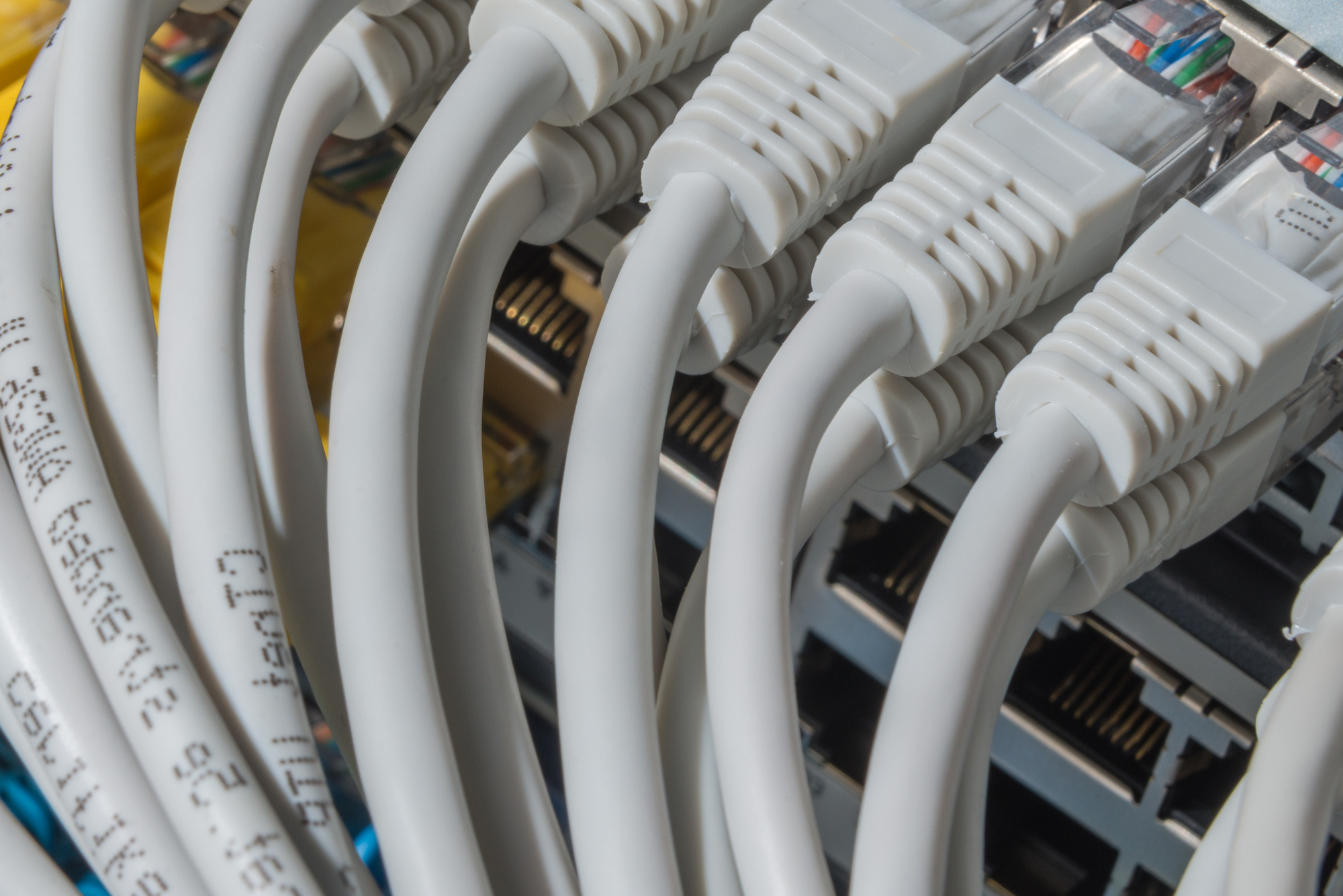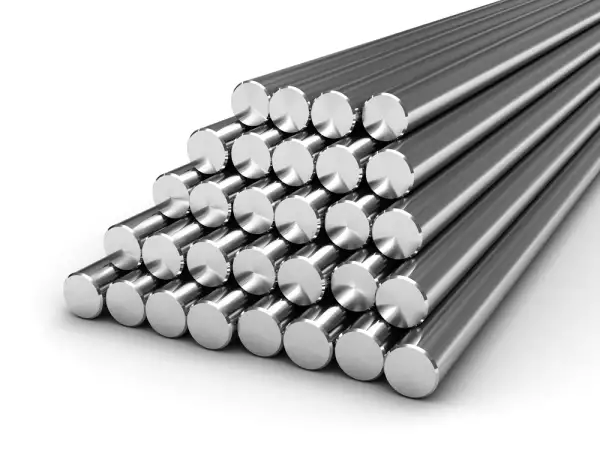
Protective grounding is the most common grounding we can see in electrical installations. Its main function is to protect people from electric shock, and equipment from its failure in case of emergencies.
But there is one more task that requires grounding: equipment protection from interference. This is a low-voltage impact generally not capable of damaging the equipment or affecting physical human health. However, the absence of such grounding that is called functional grounding (or, in some cases, informational) results in an unpleasant background during operation of sound amplification equipment, communication system failures, etc.
Why do we need a separate grounding for the most sensitive equipment parts? Powerful system parts are usually connected to the protective grounding. Switching surges, voltage harmonics in power grids and other similar factors lead to crosstalks in the grounding wire, which may cause interference. Another important aspect is that functional grounding should be located as close to the protected facility as possible. This is connected to the fact that this grounding is intended for the protection, including high-frequency interference. Long wires (at the order of several meters or dozens meters) connecting equipment to the grounding system may have a resistance at the industrial frequency (50 Hz) within the normal range, but at the frequencies of about several kHz or higher, their inductance begins affecting, thus reducing the grounding efficiency.
GOST and IEC collision
GOST R 50571.4.44-2019 Low-Voltage Electrical Installations developed on the basis of a similar IEC standard, item 444.5.1, definitely requires interconnecting protective and functional grounding and lightning protection grounding. This, indeed, complies with the general approach to connect all groundings at the facility into a single circuit.
However, IEC-7, item 7.2.60, states that, in particular: "Electrotechnical and sound-reproducing cinema installations as well as communication and TV equipment that requires a reduced noise level, should be usually connected to an independent grounding arrangement, the grounding electrodes of which should be located at the distance at least 20 m from other grounding electrodes, while grounding wires should be insulated from the protective grounding wires of the electrical installations." We cite this item here word-by-word because it contains a phrase "usually" which is important to understand the situation. Even if we disregard this archaic list of equipment types that require a separate functional grounding, IEC-7 allows, in exceptional cases, to ignore requirements to insulation of the functional grounding from the protective one, and space grounding systems.
However, the requirement to space protective and functional grounding systems by at least 20 m from each other should not be ignored because it is based on the research which has demonstrated that exactly this distance allows ensuring a relative electrical independence of grounding arrangements.
Other features of a functional grounding design
Note that IEC-7 sets, at the manufacturer and respective authority discretion, the definition of standards for the functional grounding resistance, but it should not exceed 4 Ohm.

Digital equipment (communication, sound problems, modern TV equipment, etc.) requires the presence of functional and protective grounding that meets the requirements of GOST R 50571.22-2000 Electrical Installations in Buildings, Chapter 7 "Requirements to Special Electrical Installations".
Conflict resolution
Generally, unless otherwise specified in the datasheet for electrical equipment, we should follow the requirements of GOST R 50571.4.44-2019 and electrically connect protective and functional groundings. And functional grounding should be located near the protected equipment. But protective grounding is located at the distance 20 m from functional as required in IEC-7. In this case, equipment elements which can be exposed to high voltage, should be connected directly to the protective grounding, and highly sensitive parts with the safe power voltage, to the functional grounding. Interconnect protective and functional groundings directly. Own inductance of a 20 m wire combined with low resistance of the functional grounding will naturally suppress high-frequency interference.
In case of location near the equipment, a multi-electrode grounding arrangement may be lacking space. Therefore, it is preferred to use a long 30 m rod for the functional grounding. Besides, it may also provide low resistance irrespective of the season since it may reach the subsoil water level. Grounding arrangement Zandz ZZ-000-030 is the most convenient since it is extremely easy to install and has a robust copper coating of components.
Familiarization with technical grounding standards (such as GOST R 50571.22-2000 and IEC-7) shows that most of them were adopted about 20 years ago. Since then, digital technologies have made a large step forward. Not all aspects have been considered in regulatory documents. Many tasks could be solved only on the basis of experience accumulated by the designers. Therefore, to design protective and functional grounding for telecom and entertainment facilities, it is preferred to contact experiences specialists from the Zandz.com Technical Center.
Related Articles:




